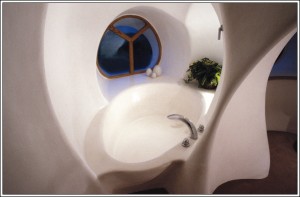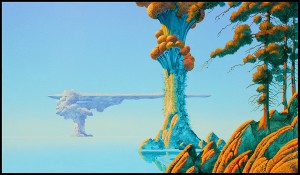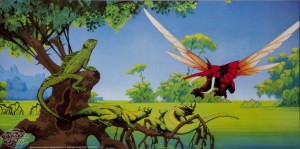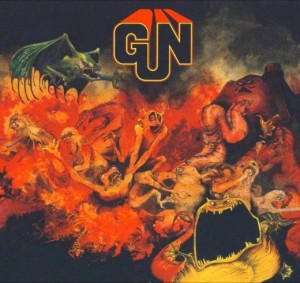DOTW- Jim Schindler
Thursday, February 16th, 2017Jim Schindler is the man responsible for the famous McDonald’s logo, although there were some others involved . The funny thing is that the logo that so many people recognize today wasn’t created until after McDonald’s had established itself a bit. Originally, the McDonald brothers,Richard and Maurice, wanted to have a new unique building that stood out and drew people in. They experimented with architectural elements which eventually lead to the golden arches which were simple aluminum arches painted yellow. Architect Stanley Metson helped design this first building.
 About 10 years later the need for a more “corporate logo” was becoming increasingly important. Richard McDonald had made a quick sketch of the original building arches which created an “M” when looked at at the right angle. This is where Jim Schindler comes in. Schindler drew inspiration form the already existing golden arches and created the current logo from that.
About 10 years later the need for a more “corporate logo” was becoming increasingly important. Richard McDonald had made a quick sketch of the original building arches which created an “M” when looked at at the right angle. This is where Jim Schindler comes in. Schindler drew inspiration form the already existing golden arches and created the current logo from that.
 The arches were already so recognizable that it would’ve been silly to try to use anything different. Schindler’s design included the arches and a line running diagonally across to represent the original McDonald’s buildings that had slanted roofs.
The arches were already so recognizable that it would’ve been silly to try to use anything different. Schindler’s design included the arches and a line running diagonally across to represent the original McDonald’s buildings that had slanted roofs.
The logo does rely on color a bit. For most, we see the bright yellow “M” and automatically know what to expect because of the established relationship after many years buying food from them. If we were to look at the logo with colors other than the original yellow and red we would be slightly put off from it. Jim knew that the existing colors played a huge role in the brand and knew that people trusted that they could rely on McDonald’s, America’s burger restaurant, to deliver consistent quality every time they went in. The colors evoked a sense of trust and promise every time a customer saw them.
The original McDonald’s logo was an illustration of a hamburger man, named Speedee, but that was back in 1948. In 1961 the current arches logo had made it’s debut. The Speedee character had been used to help promote the ‘Speedee Service System’ that McDonald’s was providing which included deleting certain menu items to help improve their service times. The change to the arches logo had pushed McDonald’s relationship with America even further and is now recognized and trusted around the world.
Posted in Designer Of The Week | No Comments »













